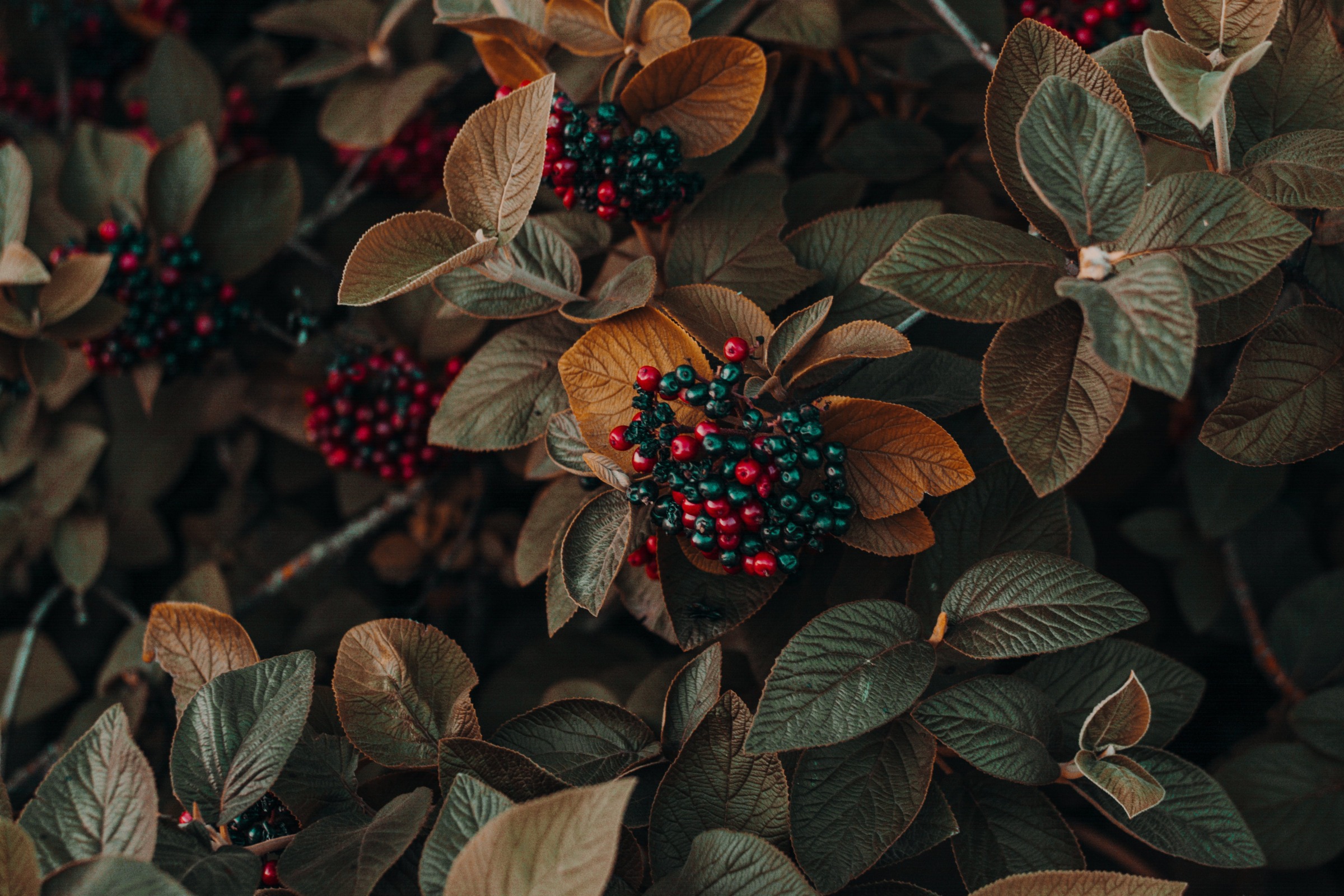Have you noticed some strange white foam on the stems and leaves of your rosemary plant? Don’t worry your plant hasn’t been sneezing! That white foam is likely caused by tiny insects called spittlebugs.
As a gardener and rosemary enthusiast I was puzzled when I first saw this foamy substance on my plants. It almost looked like soap suds. After doing some research, I discovered that this white foam actually provides protection and shelter for juvenile spittlebugs which are a type of true bug closely related to leafhoppers.
In this article, we’ll explore these fascinating insects, how to identify their foam nests, whether they actually harm rosemary plants, and most importantly, what to do about them!
What are Spittlebugs?
Spittlebugs belong to the large Cercopidae family, with over 3,000 known species. The juveniles are called nymphs and produce the telltale white foam, while the winged adults are commonly known as froghoppers because of how they jump and their wide-eyed faces.
The nymphs use a special gland to secrete liquid, then blow bubbles that accumulate into a foamy mass resembling human spit. This froth serves multiple purposes – it hides the nymphs from predators, insulates them from heat and cold, and helps prevent dehydration.
Spittlebugs feed on a wide variety of plants by sucking sap from the xylem, which is the network of tubes that transports water and nutrients up from the roots. Their favorites include pine trees, roses, herbs like rosemary, and many other woody shrubs and vines.
Identifying Spittlebug Foam
The spittlebug foam can initially look similar to many other fungal and bacterial diseases. However, upon closer inspection it has some telltale characteristics
- Frothy, sudsy texture resembling spit
- White, gray, yellowish, or bubblegum pink coloration
- Most often found where leaves meet stems or where branches fork
- May contain orange nymphs with bulging red eyes
- Dries into crusty residues if not fresh
Spittlebugs can be identified by poking holes in the foam and looking at the bugs through a magnifying glass. The nymphs are less than 1/4 inch long, have soft bodies, and don’t have wings.
Are Spittlebugs Harmful to Rosemary?
There is good news: spittlebugs rarely hurt rosemary plants in a way that lasts. As the nymphs grow over 4 to 8 weeks, they only drink small amounts of sap. Eventually, they become adults. A few here and there are merely an annoyance.
However, in rare cases of heavy infestations involving dozens or hundreds, spittlebugs can stunt growth by depriving rosemary of nutrients. They may also transmit bacterial and viral diseases between plants.
But spittlebugs don’t usually hurt the health or taste of rosemary when they are present in small or moderate numbers. Their foam is simply unsightly. Some gardeners can handle small amounts, while others choose to actively get rid of large populations.
Removing and Controlling Spittlebugs
If you find the froth unsightly or prefer to be on the safe side, here are some effective organic methods to get rid of spittlebugs:
-
Use a strong stream of water. Use a garden hose on high pressure to blast the nymphs and their foam off the stems. This removes their protective coating and washes many away.
-
Wipe them off – For small plants, simply wipe off the spittle with your fingers or a damp cloth. Crushes many nymphs.
-
Apply organic insecticidal soap – Insecticidal soaps containing potassium salts of fatty acids can penetrate the foam and kill nymphs.
-
Use neem oil – Neem oil applied every 1-2 weeks will disrupt the spittlebug life cycle.
-
Encourage natural predators – Ladybugs, lacewings, and birds help control spittlebug populations naturally. Avoid pesticides that harm these helpers.
-
Keep your garden clean – Clear away debris where adults lay eggs, such as fallen leaves and weeds. Trim plants for better air circulation.
The key is persistence. Continue monitoring for new foam and use control methods every few days until the life cycle is broken. With a bit of diligence, you can enjoy a foam-free rosemary garden!




